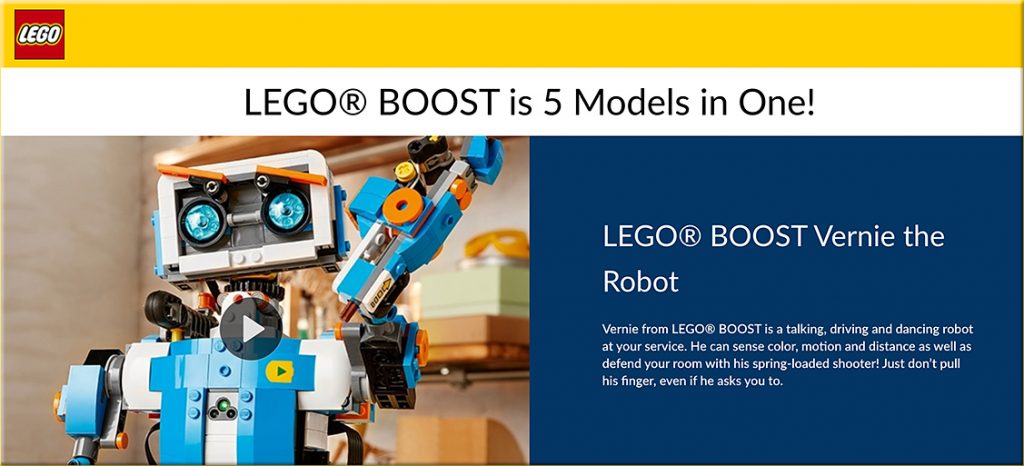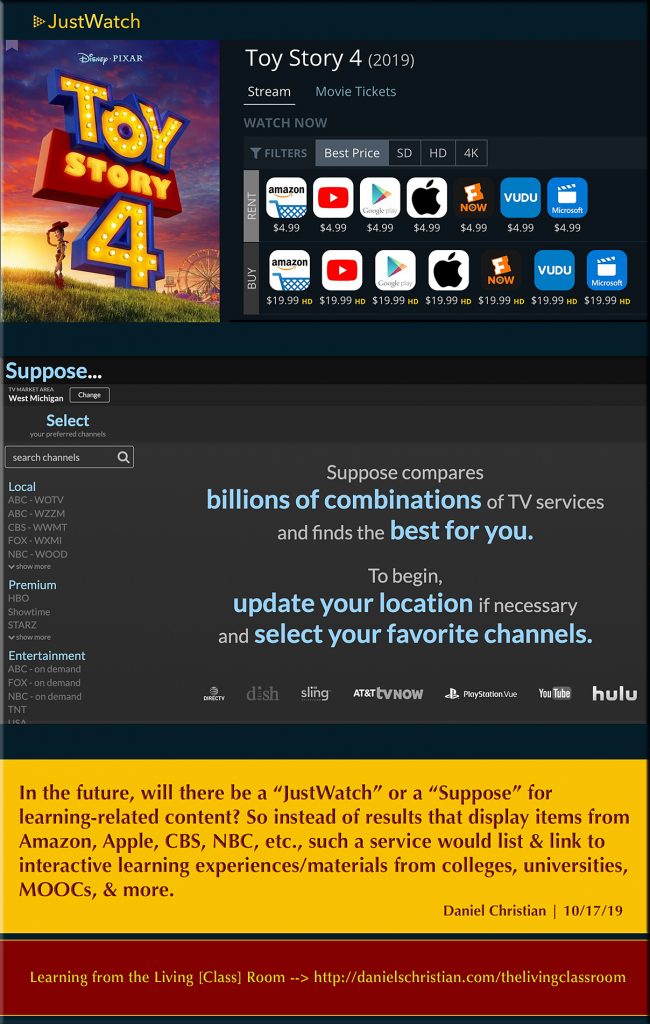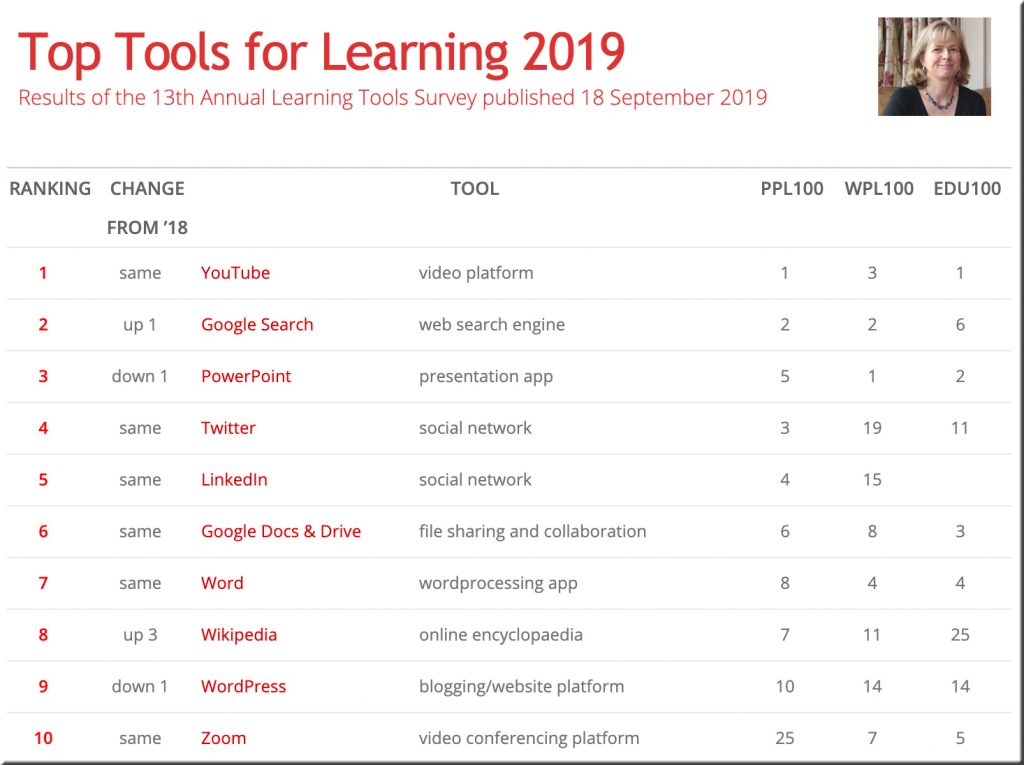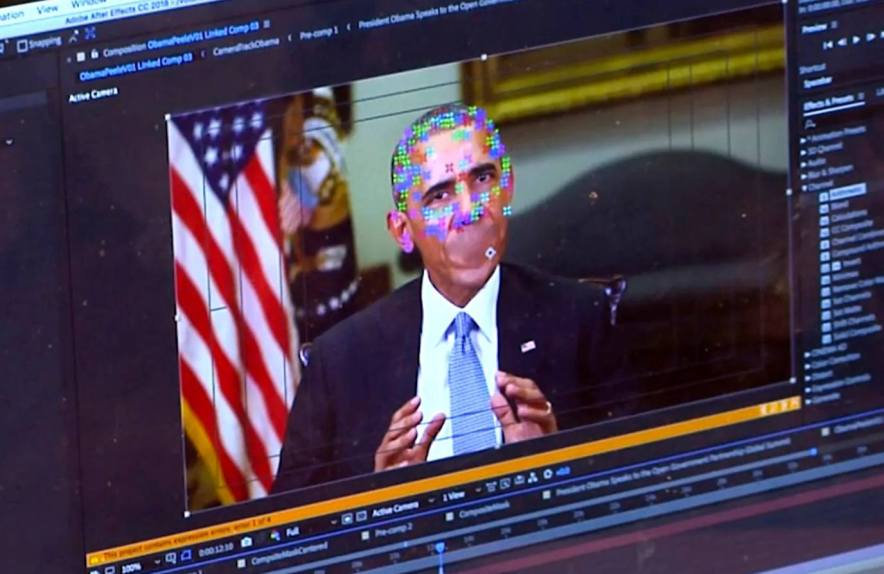From DSC:
The other day, I put this post out there.
Now, I’d like to add to that information with information from Mr. Joseph Byerwalter, who pointed me to the following videos re: LEGO BOOST!
- https://www.youtube.com/watch?v=rREcEs_rbAk
- https://www.youtube.com/watch?v=BK4tkYWrTKw
- https://www.youtube.com/watch?v=rOTqGZ6eEyo
LEGO® BOOST lets children create models with motors and sensors, and then bring their creations to life through simple, icon-based coding commands. The free LEGO BOOST tablet app includes easy step-by-step building instructions for creating and coding multifunctional models.
P.S. I am not getting paid by LEGO or anyone else here.
I just think learning should be engaging and fun!

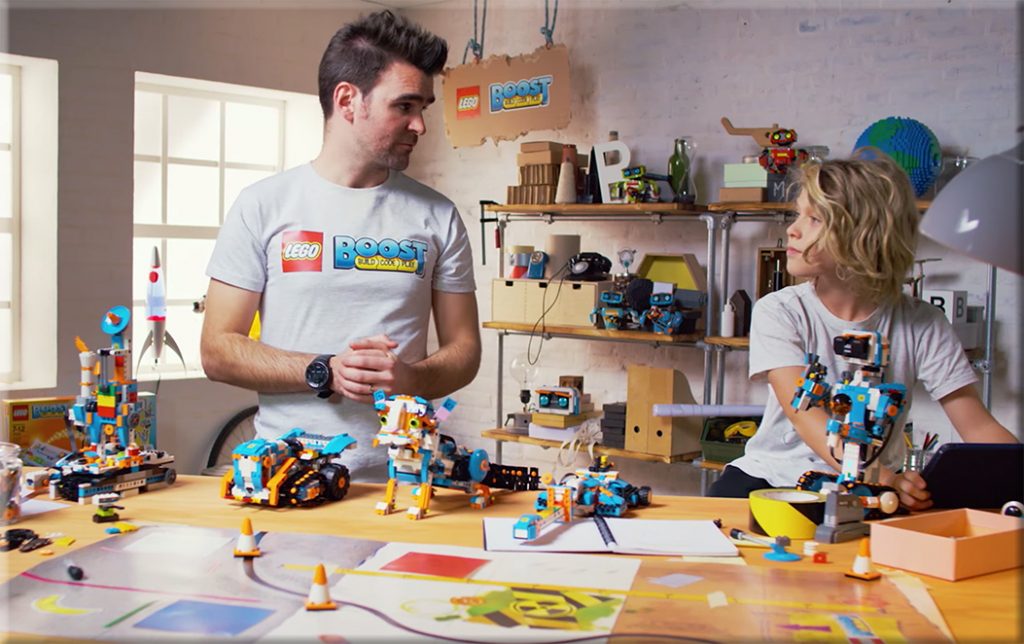


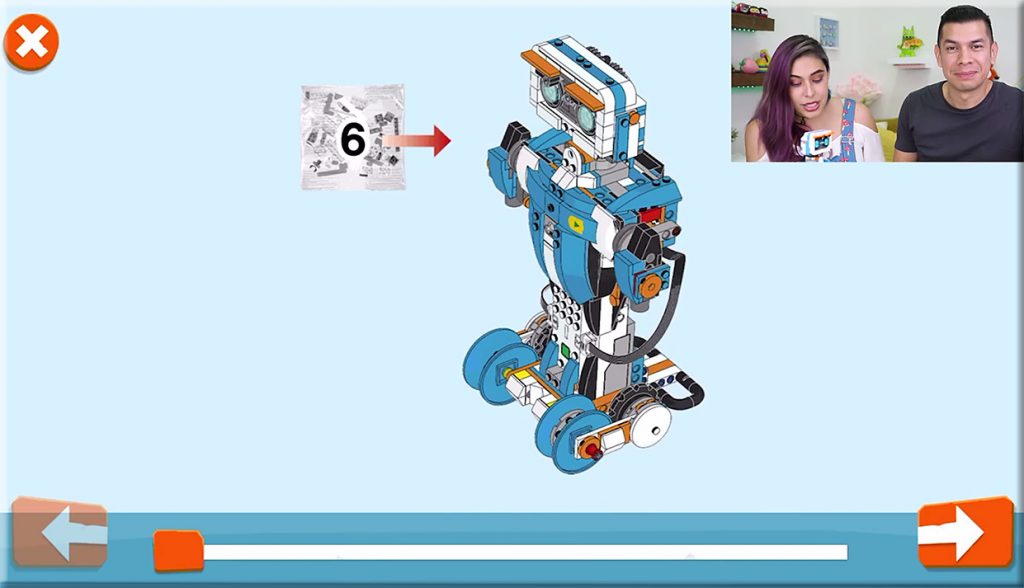


Addendum on 10/18/19:
- Rebuild The World With @Lego_Education — from blog.web20classroom.org by Steven Anderson









